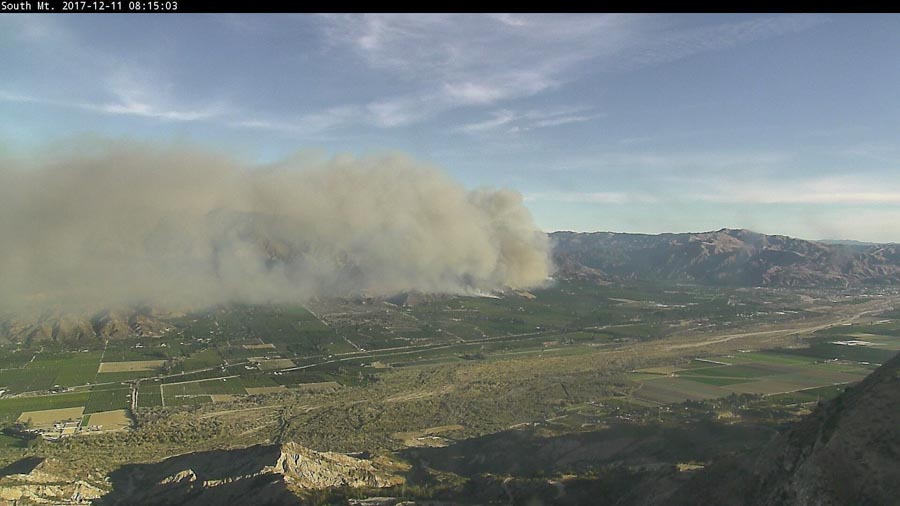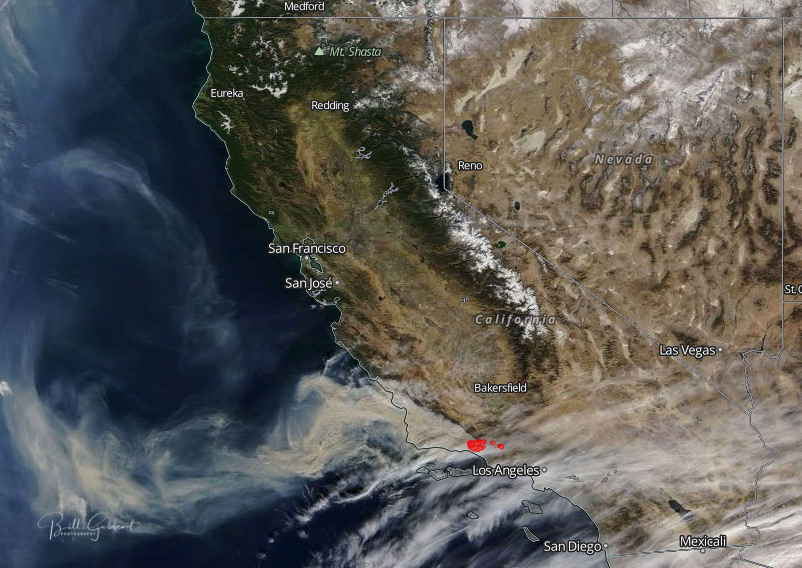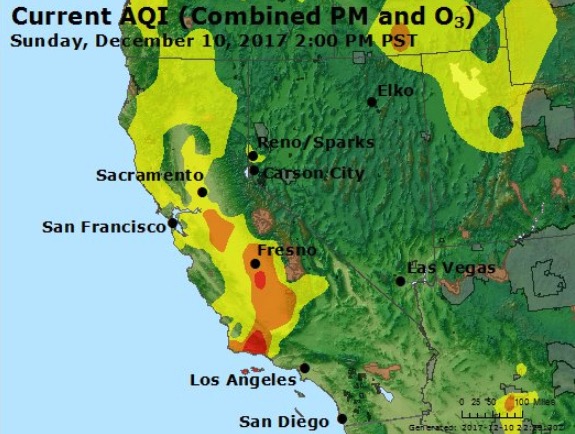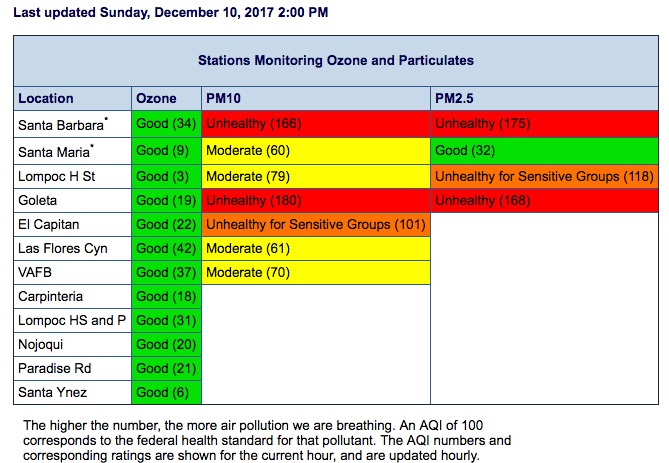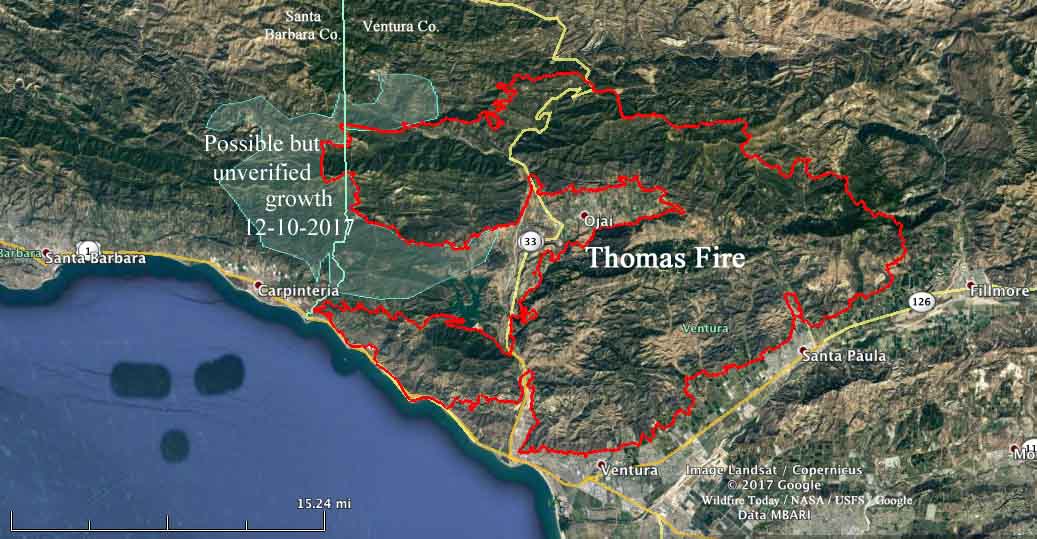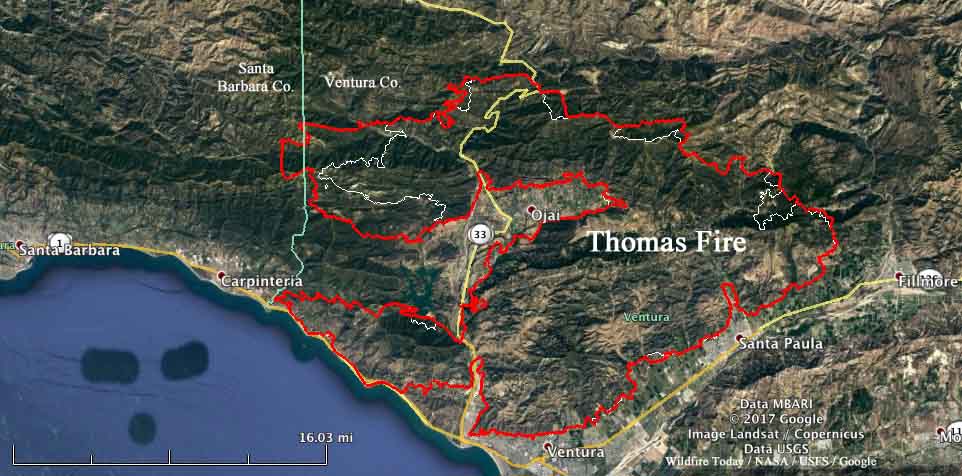Above: The Legion Lake Fire, looking south at 1:16 p.m. MST December 11, 2017.
(UPDATED at 7:17 a.m. MST December 12, 2017)
The spread of the Legion Lake Fire 6 miles east of Custer, South Dakota slowed overnight as the strong winds from Monday decreased. The fire has forced the closure of the park and the evacuation of the Blue Bell Lodge on Highway 87.
It started near the Lodge off Highway 16A just before 8 a.m. Monday and was pushed southeast by winds gusting up to 53 mph. By 4 p.m. the wind had decreased to 4 mph and remained between 1 and 8 mph through the night. The suspected cause is a power line hit by a falling tree near the Lodge.
Articles on Wildfire Today about the Legion Lake Fire are tagged “Legion Lake Fire”.
Monday afternoon fire personnel said it had burned 2,500 acres. Our very unofficial estimate based on satellite data is that by 3:06 a.m. Tuesday the fire had covered between 2,500 and 3,000 acres .
The wind Tuesday will be a little stronger than was predicted Monday, and should be out of the northwest at 9 to 13 mph. The relative humidity will hover around 20 percent by the afternoon and the temperature should be in the high 50’s under mostly sunny skies.
Tuesday night and Wednesday firefighters will be challenged by strong winds again — 17 to 24 mph out of the northwest gusting over 30 mph.
Two large air tankers and a lead plane will be available at Rapid City beginning at 8 a.m. Tuesday. A helicopter has also been ordered. No aircraft were used on the fire Tuesday other than a quick orbit or two by the lead plane as it arrived late in the afternoon.
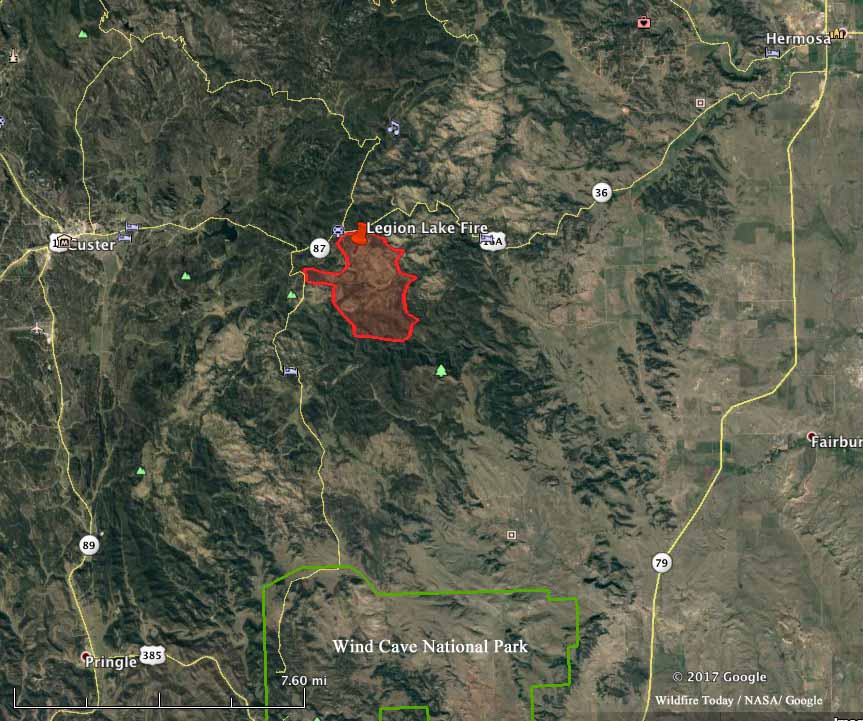
The fire is burning south of the Legion Lake Lodge on both sides of Badger Clark Memorial Road. It is east of Highway 87, and has reached Heddy Draw.
****
(UPDATED at 5:27 p.m. MST December 11, 2017)
The Legion Lake Fire in Custer State Park in the Black Hills grew to 2,500 acres Monday afternoon, said Scott Jacobson, a spokesperson for the Black Hills National Forest. A Type 3 Incident Management Team with Incident Commander Rob Powell is on scene and Jay Esperance’s Type 2 IMT has been ordered. The fire is south of Highway 16A about halfway between Custer and Hermosa.
Two large air tankers (including Tanker 101, an MD-87), an Air Attack aircraft, and a lead plane should have arrived at Rapid City late Monday afternoon. T-101 was at there by about 3:30 but was waiting for a lead plane to work with him. The Incident Commander said that at that moment there was no assignment for the air tanker and the second one that was en route, and do not load them with retardant. They were told to be available for missions at 8 a.m. Tuesday. A helicopter is also on order. Four 20-person Type 2 hand crews were ordered Monday morning.
Typically this time of the year no firefighting aircraft are on duty in South Dakota, and it can be difficult to find them anywhere in the country. But quite a few were rounded up last week for the wildfires in Southern California.
At 4:50 p.m. Mr. Jacobson said 30 engines and a total of 200 personnel were assigned to the fire.
The strong winds that caused the fire to spread so quickly on Monday will decrease overnight and will be from the west or northwest at about 6 to 8 mph Monday night and Tuesday. The relative humidity Tuesday will be about 20 percent and the temperature will reach 56 degrees. Tuesday night and Wednesday will be quite windy, 15 mph out of the northwest with gusts at 25 to 28 mph. In light of that forecast, firefighters should be able to make good progress on Tuesday before the winds hit again the next day.
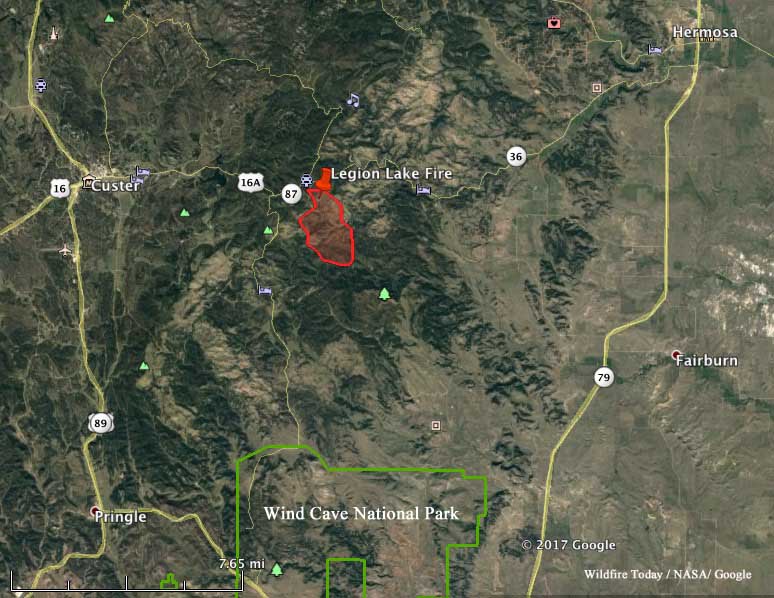
****
(Updated at 1:23 p.m. MST December 11, 2017)
The Legion Lake Fire was reported near the Legion Lake Lodge in Custer State Park in the Black Hills of South Dakota just before 8 a.m. MST on December 11, 2017. By 10: 20 a.m. it had burned an estimated 1,000 acres about 6 air miles east of Custer. A Type 3 Incident Management Team has been ordered. Portions of highway 16A and 87 are closed.
There has been very little precipitation in the Black Hills during the last month or so. At 9:18 a.m. MST today a weather station a few miles southeast of the fire recorded 45 degrees, 20 percent relative humidity, and winds out of the north at 22 mph gusting to 45.



